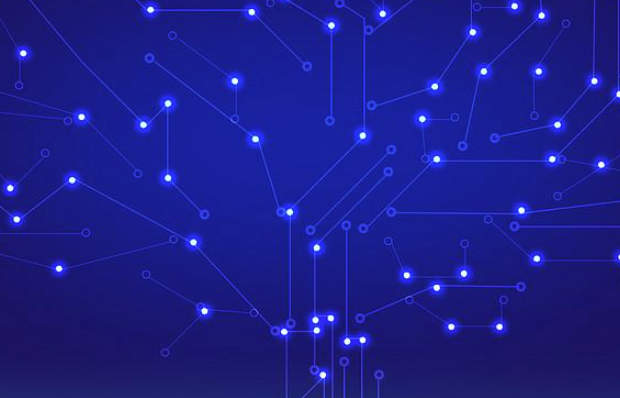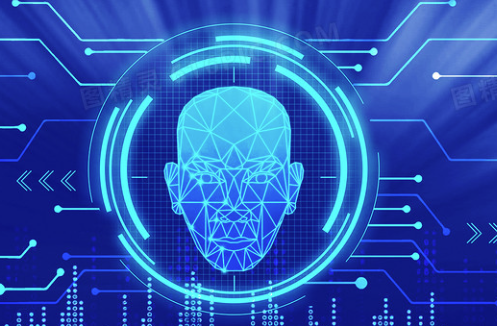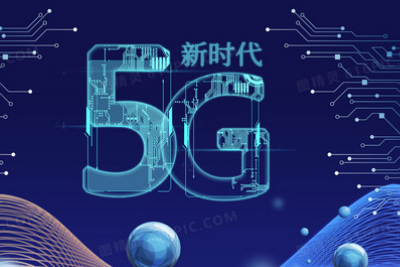It seems like you’re asking about “discrete sensor construction entry,” but the phrase is a bit unclear. Here are some possible interpretations and relevant information:
1. Discrete Sensor Construction (Hardware/Electronics)
- If you’re referring to building a discrete sensor (e.g., temperature, proximity, motion), here’s a general approach:
- Sensor Selection: Choose an appropriate sensing element (thermistor, IR sensor, Hall effect sensor, etc.).
- Signal Conditioning: Use amplifiers, filters, or ADCs for processing raw signals.
- Discretization: Convert analog signals to digital using comparators or Schmitt triggers if needed.
- Output Interface: Connect to microcontrollers (Arduino, Raspberry Pi) via GPIO, I²C, or SPI.
- Sensor Selection: Choose an appropriate sensing element (thermistor, IR sensor, Hall effect sensor, etc.).
2. Entry in Discrete Sensor Data (Software/Embedded Systems)
- If you mean logging or processing data from discrete sensors:
- Use embedded firmware (C/C++ on microcontrollers).
- Store readings in databases (SQLite, InfluxDB).
- Example code snippet for reading a digital sensor:
const int sensorPin = 2; // GPIO pin void setup() { pinMode(sensorPin, INPUT); Serial.begin(9600); } void loop() { int state = digitalRead(sensorPin); Serial.println(state ? "ON" : "OFF"); delay(1000); }
- Use embedded firmware (C/C++ on microcontrollers).
3. Discrete Event Simulation for Sensors
- If modeling sensors in simulations (e.g., Simulink, Python):
import simpy def sensor_process(env): while True: yield env.timeout(1) # Sample every 1 second reading = read_sensor() # Replace with actual function print(f"Time {env.now}: Reading = {reading}") env = simpy.Environment() env.process(sensor_process(env)) env.run(until=10)
Let me know if you meant something specific—I can refine the answer!
内容由零声教学AI助手提供,问题来源于学员提问



















